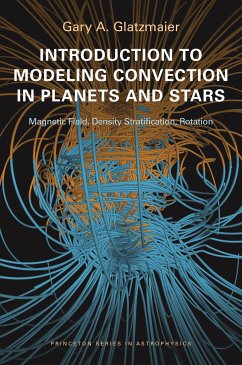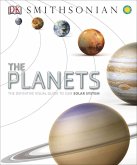"Glatzmaier's work is synonymous with the cutting edge of research in this field, and his tried-and-true presentation has been perfected over many years of teaching. I know of no other book that focuses on computer modeling of convection in planets and stars as this one does. It is an ideal tutorial for graduate students, and will also be of great interest to senior researchers."--James M. Stone, Princeton University "The computational methods Glatzmaier describes can be applied to a huge range of nonlinear problems, with a variety of physical effects. There is a great deal of potential here for new investigations. In fact, our generation has barely scratched the surface! This is an important message for young scientists, who will find in this book some of the tools they will need to make future advances in astrophysics and geophysics."--Chris A. Jones, University of Leeds "I am certain that this book will prove to be extremely useful to students and professionals alike. It is engagingly written, timely, comprehensive, and perhaps most importantly, graduated in its approach. Gary Glatzmaier is internationally recognized as one of the best computational scientists in geophysics and astrophysics."--Peter L. Olson, Johns Hopkins University








